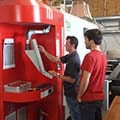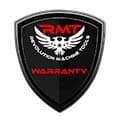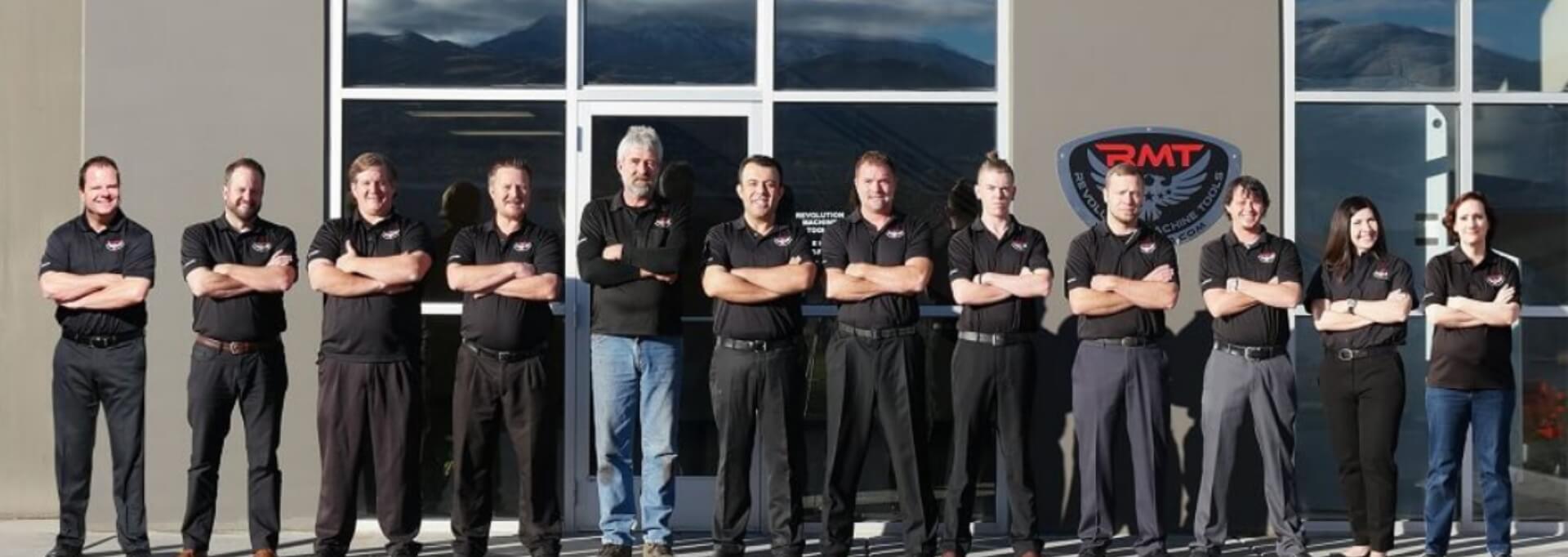So, you’ve started up your very own metal fabrication business and are ready to take on the world. If you haven’t done so already, you will soon learn that setting up a fab shop is just the beginning of success in the industry. To be profitable and stand out in a competitive marketplace, it’s important that you optimize and enhance your shop through things like improving efficiency, reducing waste, and increasing output quality. Some key strategies to achieving these goals include the following.
Streamline Workflow and Layout
An efficient shop layout is the foundation of optimized operations. Arrange machinery and workstations to minimize unnecessary movement of materials and workers. A linear or U-shaped workflow ensures that tasks flow smoothly from one stage to the next. Identify bottlenecks in your processes and reallocate resources to address delays. Adopting Lean principles, such as the 5S methodology (Sort, Set in order, Shine, Standardize, Sustain), can help maintain an organized and efficient workspace, reducing downtime and errors.
Invest in Technology and Automation
Modern technology and automation are transformative for metal fabrication shops. Upgrading to advanced machinery, such as CNC machines, laser cutters, and robotic welders, significantly improves precision and production speed. Incorporating CAD/CAM software into your processes optimizes designs and programming, reducing errors and material waste. Automation can also be applied to repetitive tasks like material handling, welding, or cutting, freeing up your workforce for more complex operations.
Improve Workforce Training and Engagement
A skilled and motivated workforce is crucial to the success of any fabrication shop. Regularly train employees on new techniques, equipment, and safety protocols to keep them up-to-date and confident in their roles. Cross-training staff to perform multiple tasks increases flexibility and minimizes disruptions when workers are absent. Encouraging collaboration and open communication within teams fosters a problem-solving culture that can lead to innovative solutions and higher productivity.
Optimize Material Management
Effective material management is essential for reducing costs and waste. Implement just-in-time (JIT) inventory systems to minimize overstocking and reduce carrying costs. Building strong relationships with reliable suppliers ensures consistent material quality and timely delivery. To further optimize material use, implement strategies to repurpose scrap metal and refine cutting patterns, thereby reducing waste and improving profitability.
Focus on Quality Control
Quality control should be a priority at every stage of production. Implementing a quality management system (QMS), such as ISO 9001, ensures consistent standards and helps identify areas for improvement. Conduct regular inspections of raw materials, processes, and finished products to catch defects early. Tracking defect rates and analyzing root causes allows you to implement corrective actions and prevent recurring issues.
Leverage Data and Analytics
Data-driven decision-making is a powerful tool for optimizing shop performance. Monitor key performance indicators (KPIs) such as production time, defect rates, and machine utilization to identify areas for improvement. Predictive maintenance, which uses data to anticipate equipment failures, reduces downtime and repair costs. Digital tools and shop management software streamline scheduling, tracking orders, and resource allocation, improving overall efficiency.
Improve Customer Experience
Meeting or exceeding customer expectations is essential for building long-term relationships. Shorten lead times by streamlining production schedules and ensuring on-time delivery. Offering customization options demonstrates flexibility and helps you cater to diverse client needs. Maintaining clear and consistent communication with customers throughout the order process keeps them informed and satisfied.
Prioritize Safety and Compliance
A safe work environment protects your employees and ensures compliance with regulations. Conduct regular safety audits to identify and address hazards, ensuring adherence to OSHA or other regional standards. Provide appropriate personal protective equipment (PPE) and enforce its use across the shop. A culture of safety not only minimizes accidents but also improves morale and productivity.
Foster Sustainability
Sustainability is becoming increasingly important in the manufacturing industry. Reduce energy consumption by investing in energy-efficient machinery and lighting. Establish recycling programs for scrap metal to minimize environmental impact and reduce costs. Exploring renewable energy options, such as solar panels, can further enhance your shop’s sustainability efforts.
Build Strategic Partnerships
Strategic partnerships can provide valuable resources and opportunities for growth. Collaborate with vendors to negotiate better terms and secure bulk discounts on materials. Partner with local businesses for joint ventures or subcontracting opportunities, expanding your reach and capabilities. Joining industry groups and trade organizations keeps you informed of trends and innovations, enabling you to stay competitive.
A Holistic Approach to Optimized Fab Shop Efficiency
Optimizing and enhancing a metal fabrication shop involves a holistic approach that integrates advanced technology, skilled workforce management, and strategic planning. By streamlining workflows, investing in automation, and prioritizing quality, you can improve efficiency and reduce costs. At the same time, fostering sustainability, safety, and customer satisfaction ensures long-term success. Implementing these strategies not only positions your shop as a leader in the industry but also prepares it for future challenges and opportunities.







